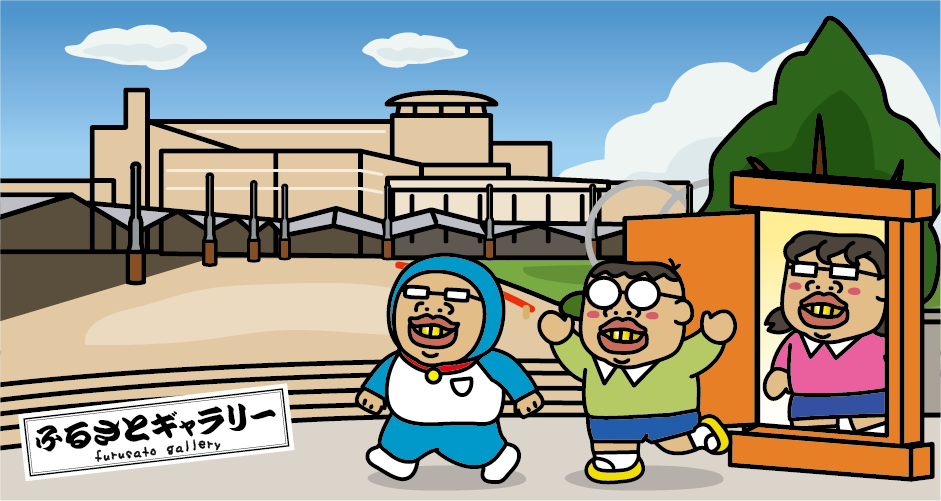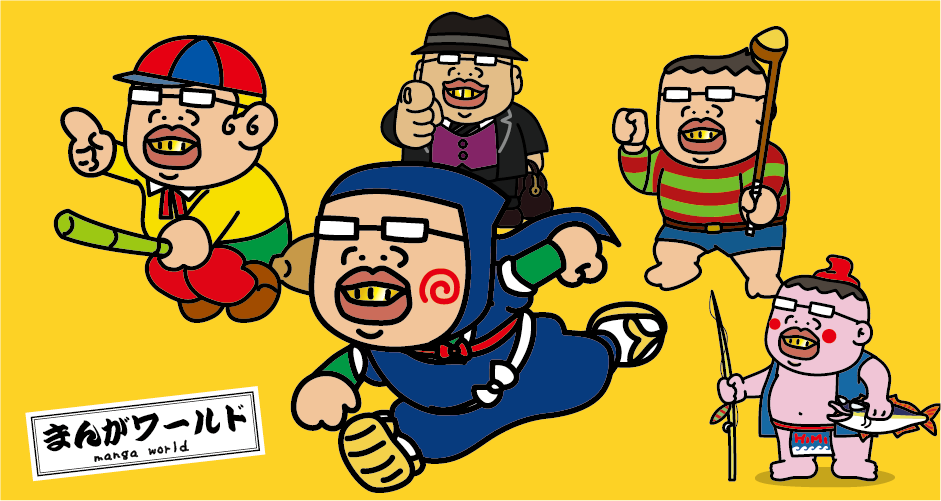Amahage
Amahage comes up to the house making strange noises, chasing and holding the children, and the adults are overjoyed by the crying children caught by Amahage.
“Amahage” is a traditional New Year event that transmitted to the three villages located in the foot of Mt. Chokai, Takinoura, Mega, Torizaki in Yuza Town, Yamagata Prefecture. It is very similar to the “Namahage,” which transmitted to the Oga Peninsula in Akita Prefecture. Young men in a village, wearing a face mask of a demon and an old man and dress in Kendan, which is a kind of Mino, a costume made up of many layers of straws. They hit the drums, give a strange sound, and visit village houses. It is a unique practice of praying for a good harvest, stay healthy, and admonish someone for lazy behavior. Amahage is designated as an Important Intangible Folk-cultural Property of the country. In 2018, it was registered as a UNESCO Intangible Cultural Heritage as one of “Raiho-shin: ritual visits of deities in masks and costumes.” A Raiho-Shin is a god who comes to the human world once a year at a fixed time.

The origin of Amahage seems to come from the word “Amame Hagi (peel off Amame).” “Amame” is an old word in Yuza, and it means the red fire spots (erythema ab igne) on the skin when it exposed to fire for a long time. It is a symbol of laziness because people get the red fire spots during the winter when they stay in front of the hearth for a long time without working. It said that Amahage is said to be a corruption of the word “peel off Amame,” and is meant to warn people against laziness.

Amahage in Mega and Torizaki villages dress in demons and Takinoura village’s Amahage dress in an old man. Amahage is a god, but for children, they are a scary demon and a strange old man, so they get surprised and scream. During Amahage’s visit, adults are pleased to see their children crying.

Amahage is a god to bring good luck, so people decorate pine trees at the entrance to welcome them. It also said that the straw that Amahage dropped brings good luck, so people pick it up and enshrine it in a household Shinto altar. At the end of the Shinto ritual, people will treat Amahage with sake.
Access to Yuza (Fukura)
[Railway]
It takes about 2 hours from JR Tokyo Station to JR Niigata Station by Joetsu Shinkansen. Transfer to JR Hakushin Line/Uetsu Main Line (limited express train) at JR Niigata Station to JR Yusa Station for about 2 hours and 20 minutes. At JR Yusa Station, transfer to the Uetsu Main Line (local train) and get to JR Fukiura Station in about 5 minutes.
[Airplane]
It takes about 1 hour from Haneda Airport to Shonai Airport. It takes about 40 minutes from Shonai Airport to JR Sakata Station by shuttle bus. Approximately 20 minutes from JR Sakata Station to JR Fukura Station.










You need to login to comment on an article.